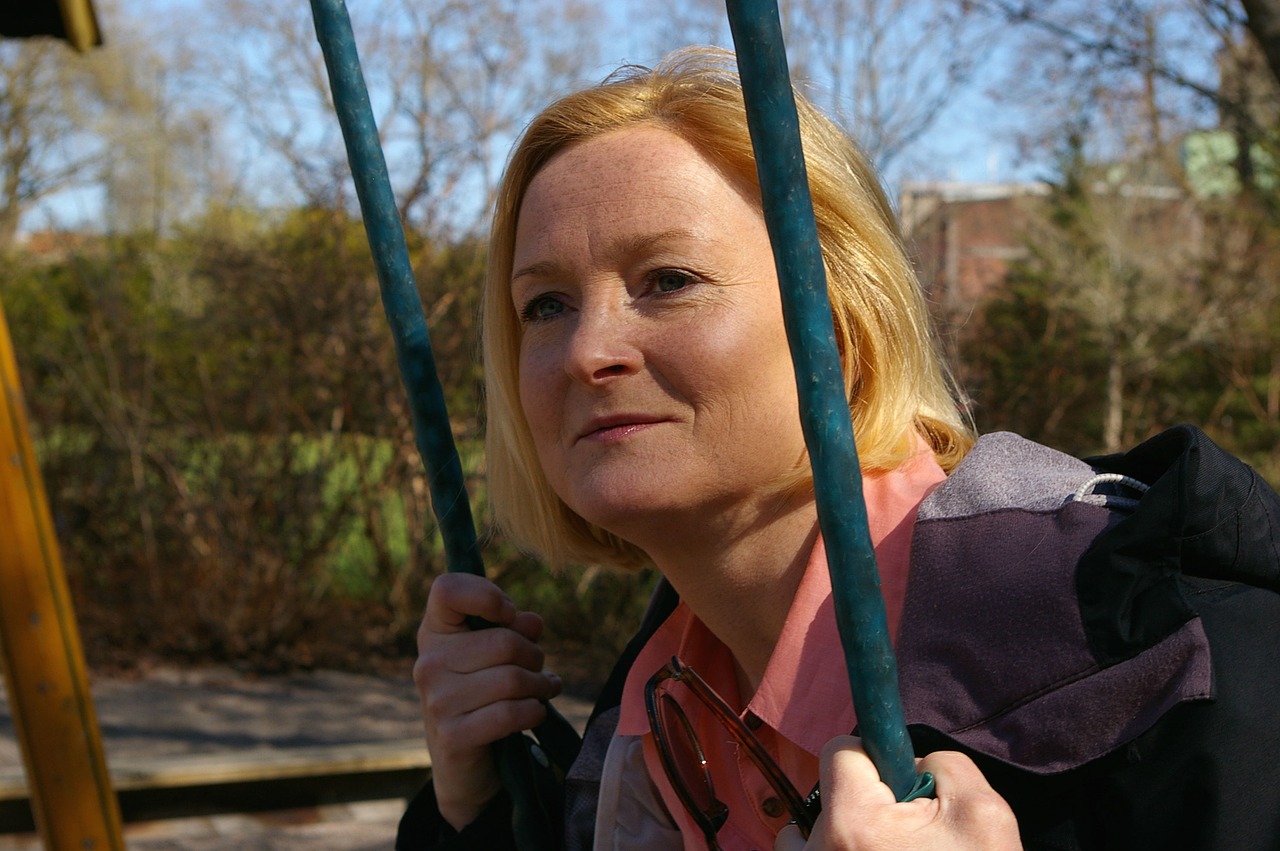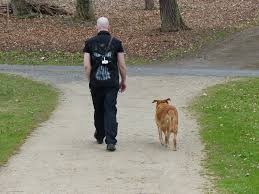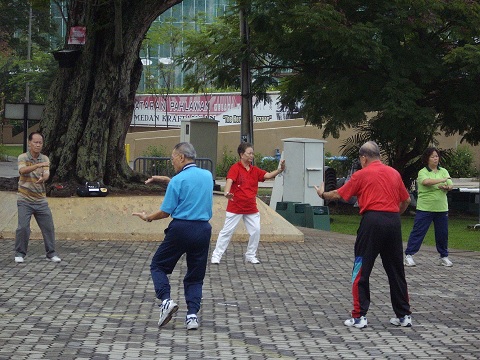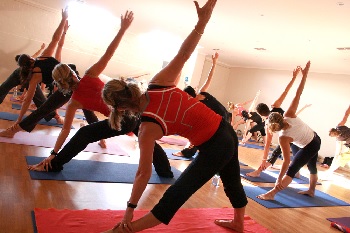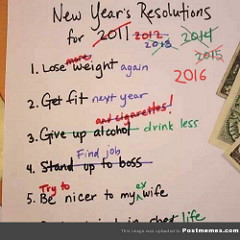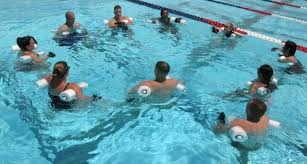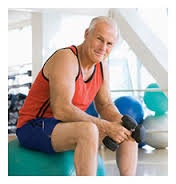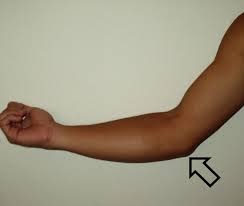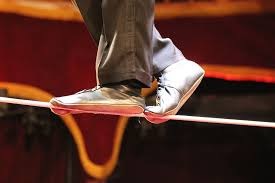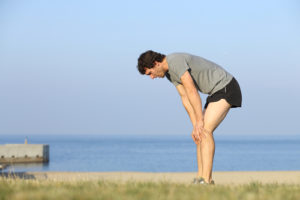 Pain and fatigue often go hand in hand, especially when there is chronic, long-term pain. The exhaustion and weakness that can accompany pain may develop slowly or appear suddenly. When developing a pain management strategy, coping with fatigue should also be part of the plan.
Pain and fatigue often go hand in hand, especially when there is chronic, long-term pain. The exhaustion and weakness that can accompany pain may develop slowly or appear suddenly. When developing a pain management strategy, coping with fatigue should also be part of the plan.
Here are some factors that contribute to the pain/fatigue cycle, and tips for how to break free:
Physical Stress
Use it or lose it…
Reducing your physical activity because of pain can weaken muscles and make you tire more easily. Talk with your pain management team and work out a realistic exercise and activity plan.
Tip: Enlist friends and family to help you achieve your activity goals and help you regain your confidence. A walk with a friend seems shorter than a trudge alone. Just remember to be realistic and tell them when need to stop and rest.
You don’t move like you used to…
Whether you’re limited by an injury, living with arthritis pain, or recovering from surgery, pain can cause you to adjust the way you move. This can create unusual stress on muscles and joints and cause more pain – and more fatigue.
Tip: Be aware of how you position your body whether you are moving or at rest. If, for example, you are favoring an injured knee, be aware that the other knee is now taking on more than its usual share of the load and will tire more easily – and be more prone to injury.
Play now, pay later…
Overdoing it can increase both pain and fatigue. Learn your limits and adjust your activity accordingly. Don’t let overexertion on a “good day” lead to a series of “bad days.”
Tip: Pay attention to the signals your body sends you and don’t try to push past your limit. Discuss any problems or setbacks with your medical team. Don’t wear yourself out trying to prevent fatigue!
Emotional Stress
Emotional stress can also contribute to fatigue. Injuries can change your everyday life in an instant. You feel a loss of control and the burden of adjusting your lifestyle during treatment and recovery. Long term pain can be emotionally as well as physically draining. Depression is a common, and serious, side effect of chronic pain. Depression can contribute to fatigue and fatigue can feed the powerless feelings that lead to depression. It’s important to break that cycle.
Tip: Do what makes you happy. Stay connected with family and friends. Continue activities that give you joy. If you find yourself avoiding the people and activities that you previously enjoyed, talk to your doctor right away.
Hidden dangers…
Finally, keep an open dialogue with your doctor about any new (or increasing) weakness or fatigue to make sure there aren’t any underlying illnesses or health conditions responsible. Don’t assume that pain alone is the culprit.
Pain and fatigue often go hand in hand, especially when there is chronic, long-term pain. The exhaustion and weakness that can accompany pain may develop slowly or appear suddenly. When developing a pain management strategy, coping with fatigue should also be part of the plan.
Here are some factors that contribute to the pain/fatigue cycle, and tips for how to break free:
Physical Stress
Use it or lose it…
Reducing your physical activity because of pain can weaken muscles and make you tire more easily. Talk with your pain management team and work out a realistic exercise and activity plan.
Tip: Enlist friends and family to help you achieve your activity goals and help you regain your confidence. A walk with a friend seems shorter than a trudge alone. Just remember to be realistic and tell them when need to stop and rest.
You don’t move liked to… you use
Whether you’re limited by an injury, living with arthritis pain, or recovering from surgery, pain can cause you to adjust the way you move. This can create unusual stress on muscles and joints and cause more pain – and more fatigue.
Tip: Be aware of how you position your body whether you are moving or at rest. If, for example, you are favoring an injured knee, be aware that the other knee is now taking on more than its usual share of the load and will tire more easily – and be more prone to injury.
Play now, pay later…
Overdoing it can increase both pain and fatigue. Learn your limits and adjust your activity accordingly. Don’t let overexertion on a “good day” lead to a series of “bad days.”
Tip: Pay attention to the signals your body sends you and don’t try to push past your limit. Discuss any problems or setbacks with your medical team. Don’t wear yourself out trying to prevent fatigue!
Emotional Stress
Emotional stress can also contribute to fatigue. Injuries can change your everyday life in an instant. You feel a loss of control and the burden of adjusting your lifestyle during treatment and recovery. Long term pain can be emotionally as well as physically draining. Depression is a common, and serious, side effect of chronic pain. Depression can contribute to fatigue and fatigue can feed the powerless feelings that lead to depression. It’s important to break that cycle.
Tip: Do what makes you happy. Stay connected with family and friends. Continue activities that give you joy. If you find yourself avoiding the people and activities that you previously enjoyed, talk to your doctor right away.
Hidden dangers…
Finally, keep an open dialogue with your doctor about any new (or increasing) weakness or fatigue to make sure there aren’t any underlying illnesses or health conditions responsible. Don’t assume that pain alone is the culprit.
